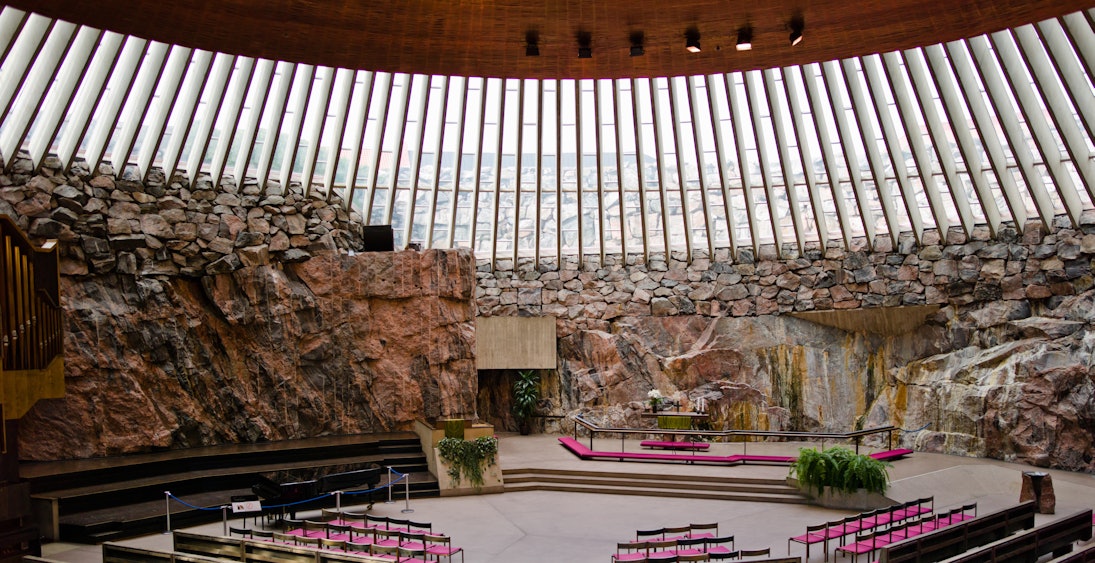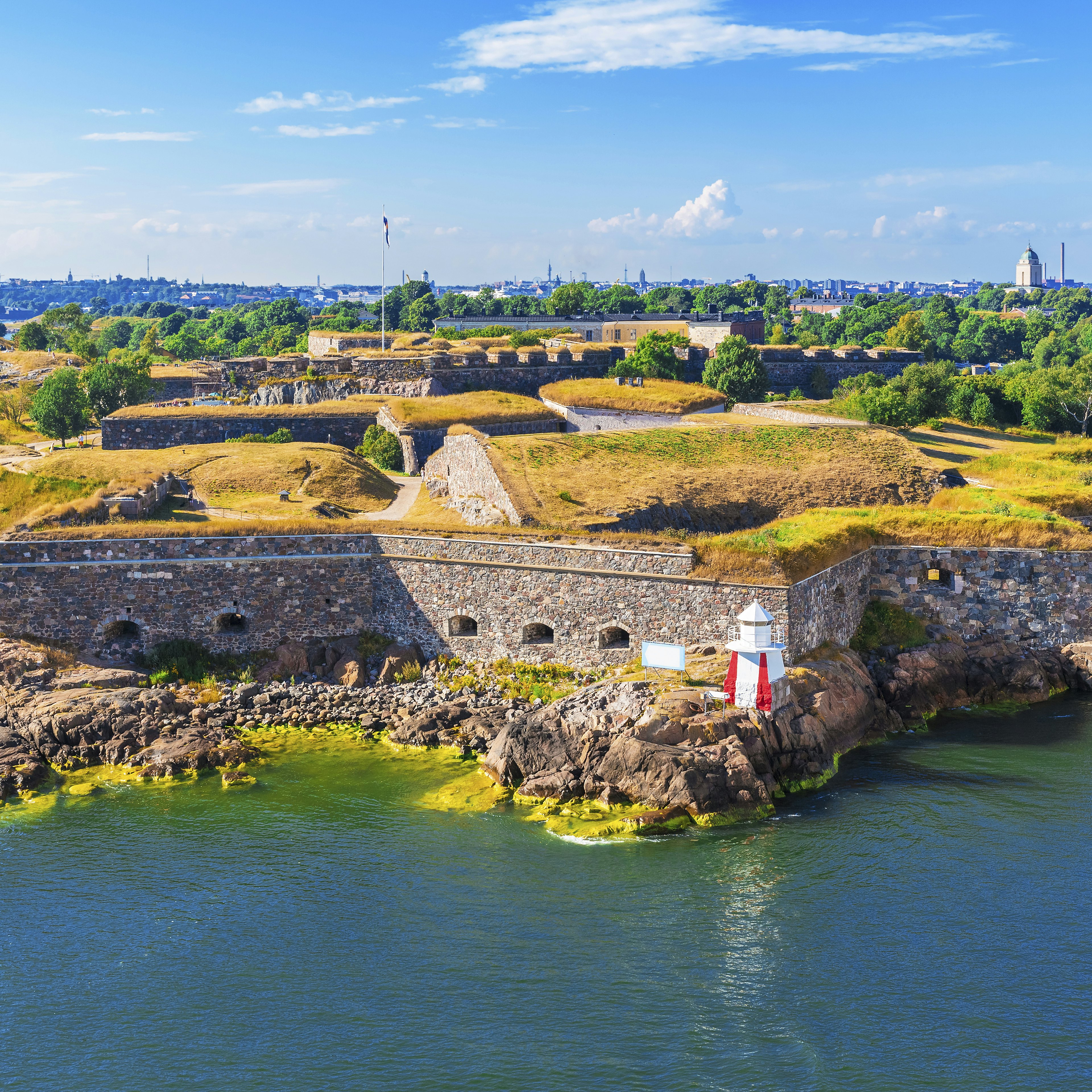
Overview
Entwined with the Baltic's bays, inlets and islands, Helsinki's boulevards and backstreets overflow with magnificent architecture, intriguing drinking and dining venues and groundbreaking design.
Leave the planning to a local expert
Experience the real Helsinki. Let a local expert handle the planning for you.
Must-see attractions
Planning Tools
Expert guidance to help you plan your trip
Best Things to Do
Helsinki juxtaposes Nordic tranquility and modern European dynamism in a fascinating slate of activities.
Read full article
Get a book. Get inspired. Get exploring.
in partnership with getyourguide













